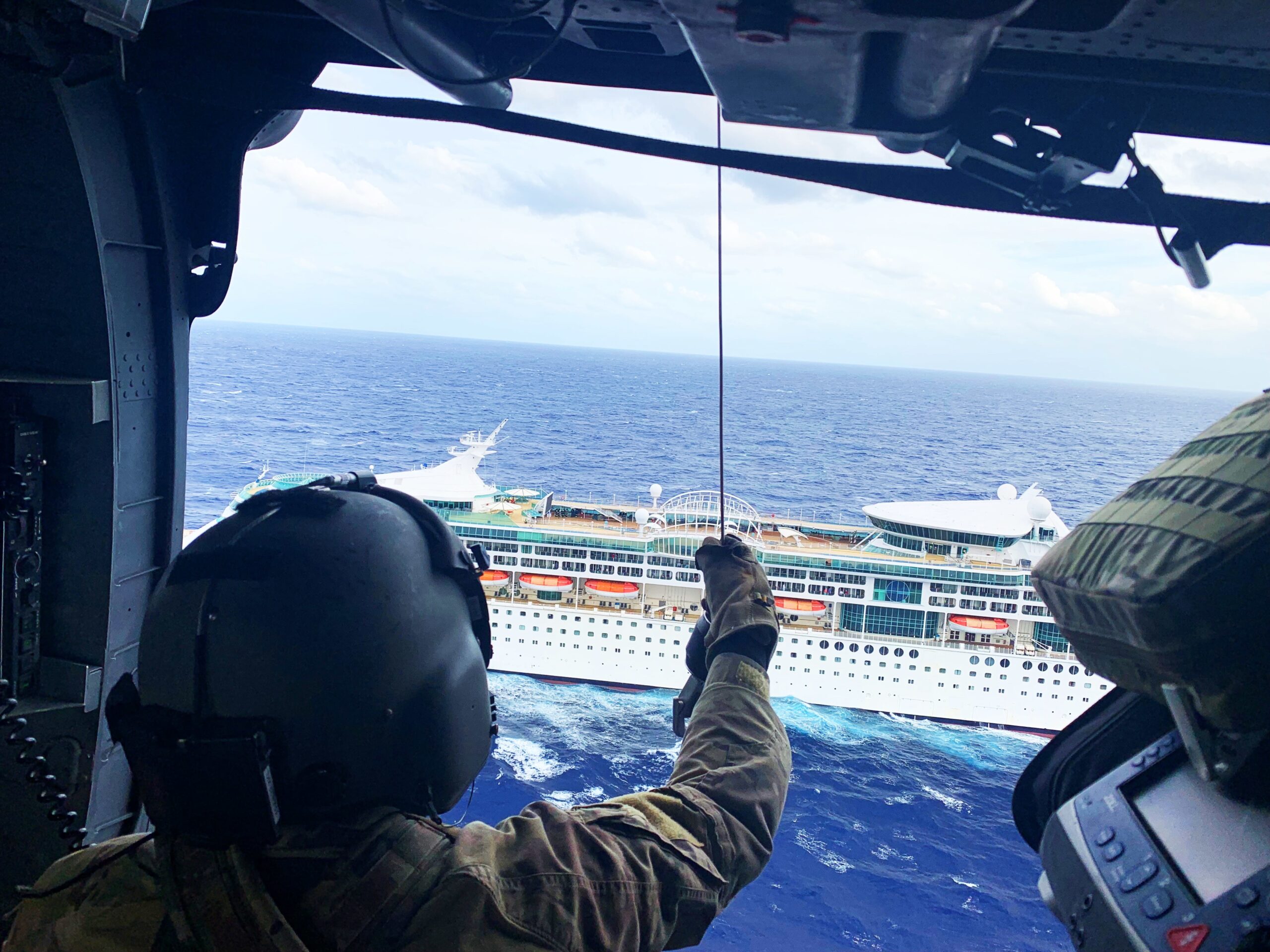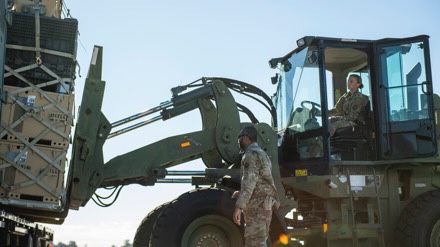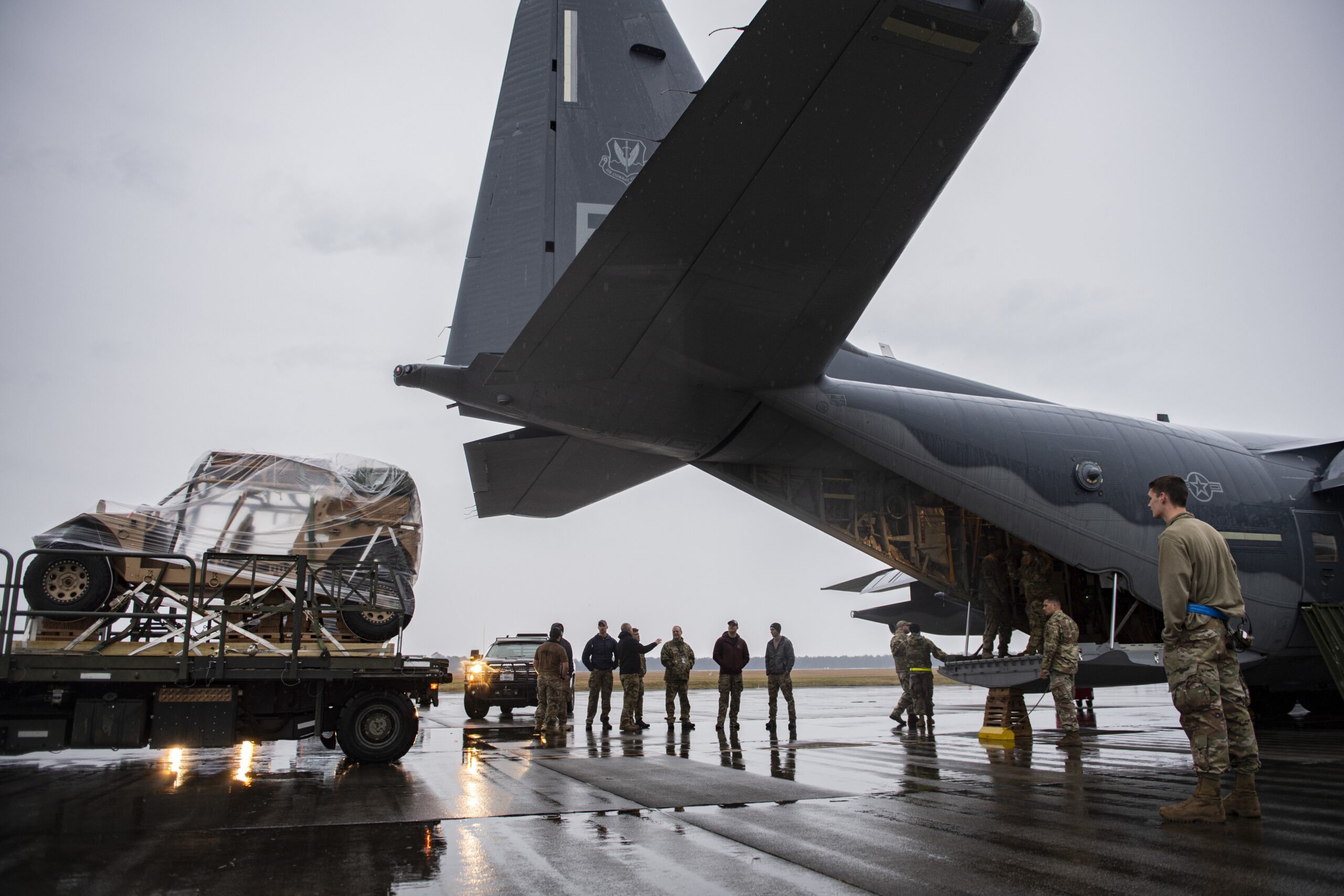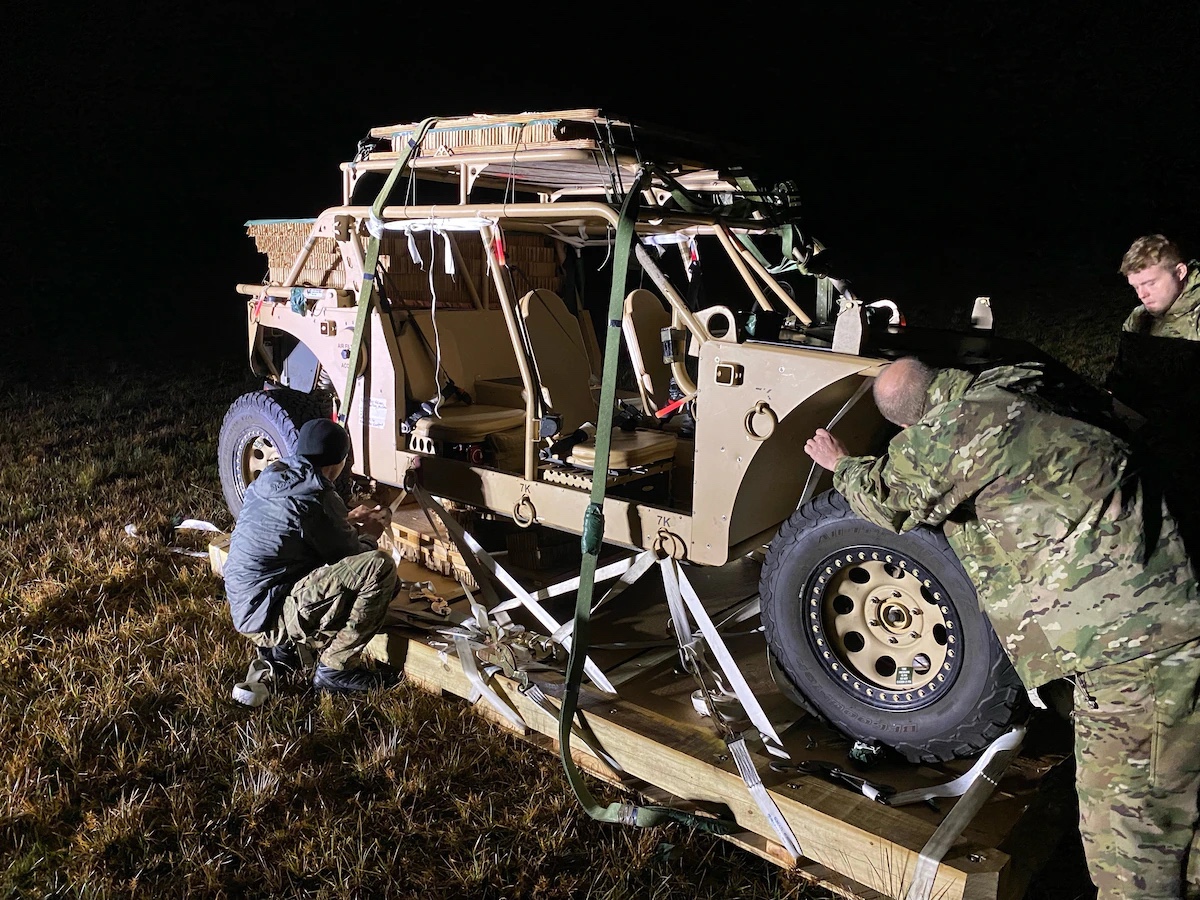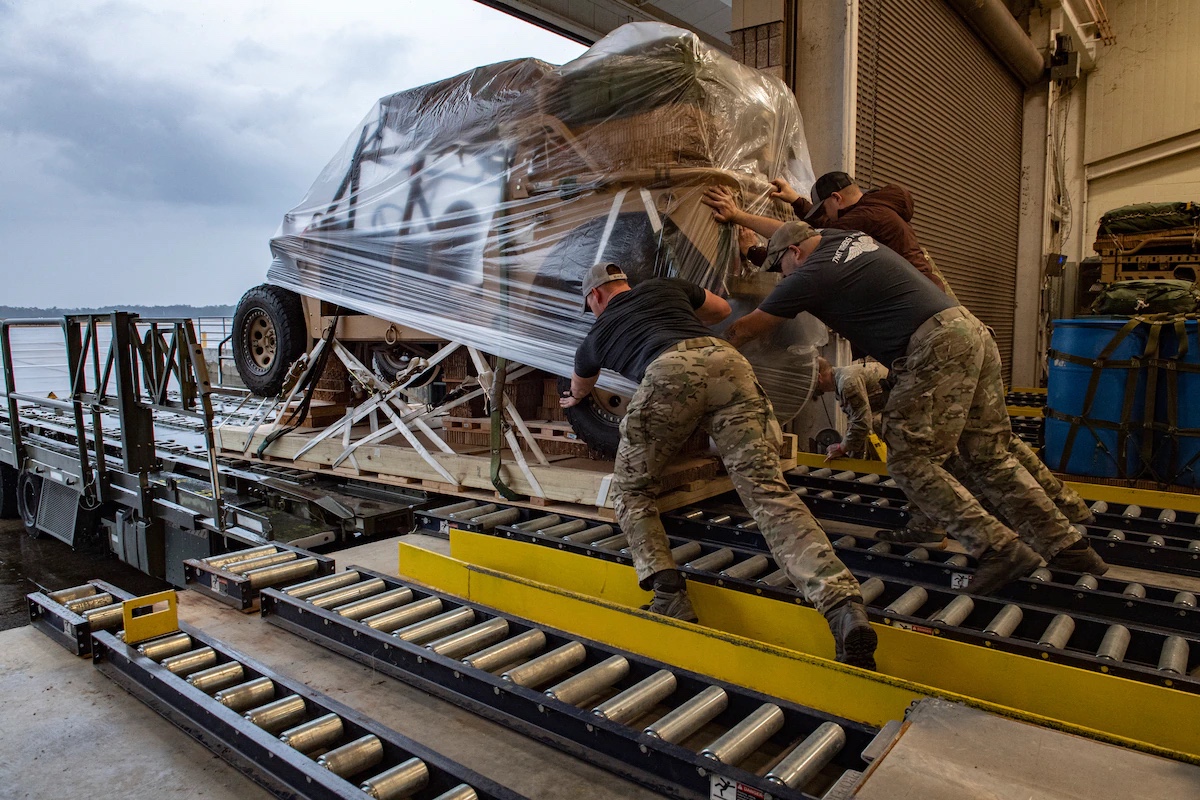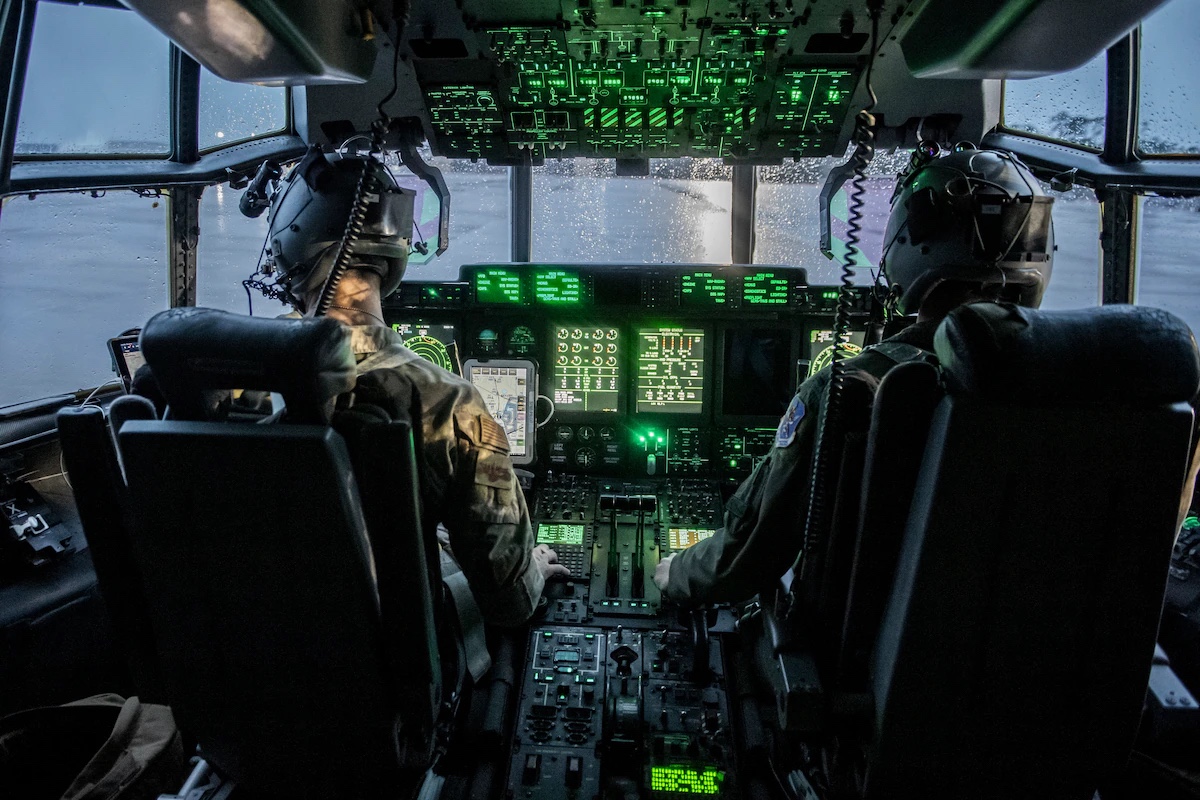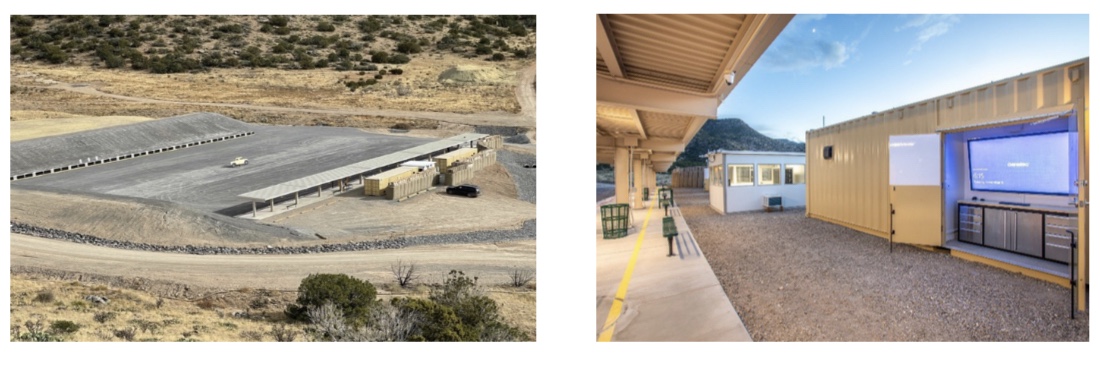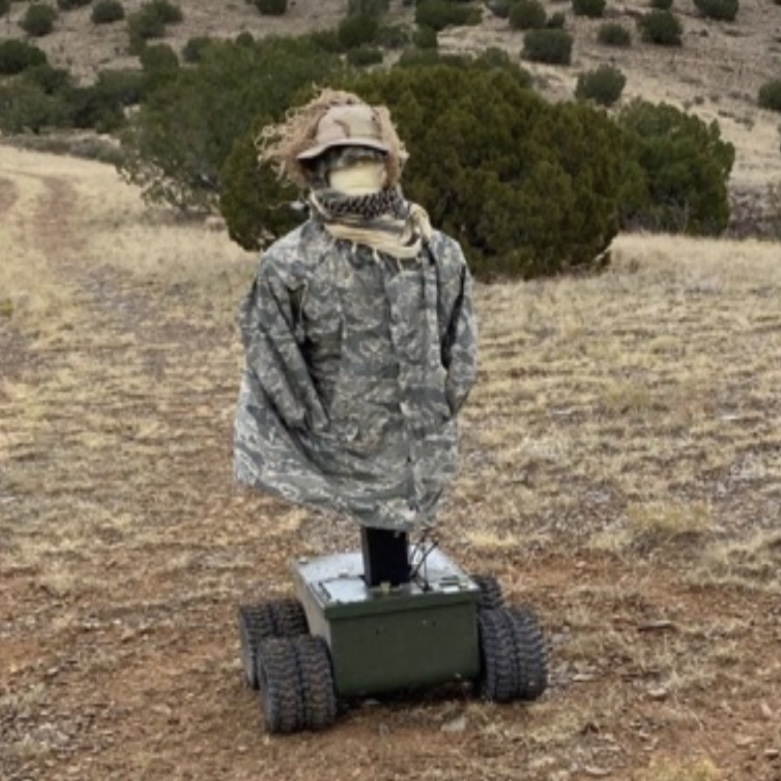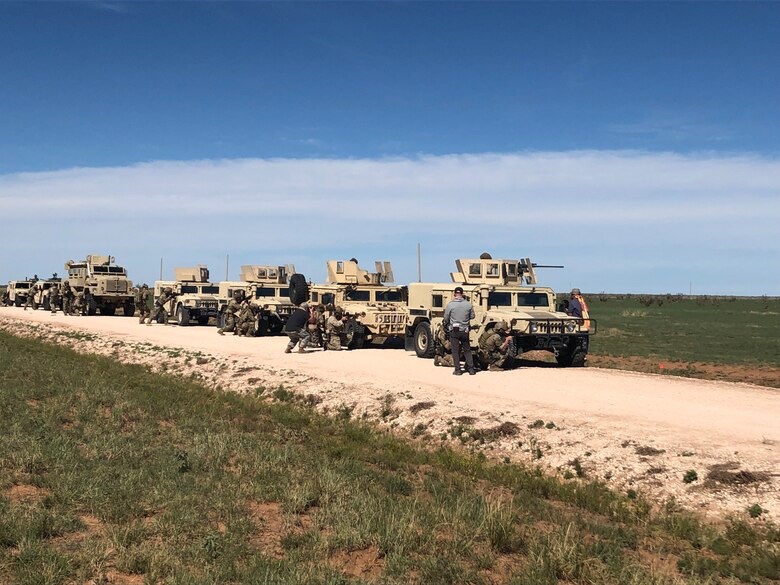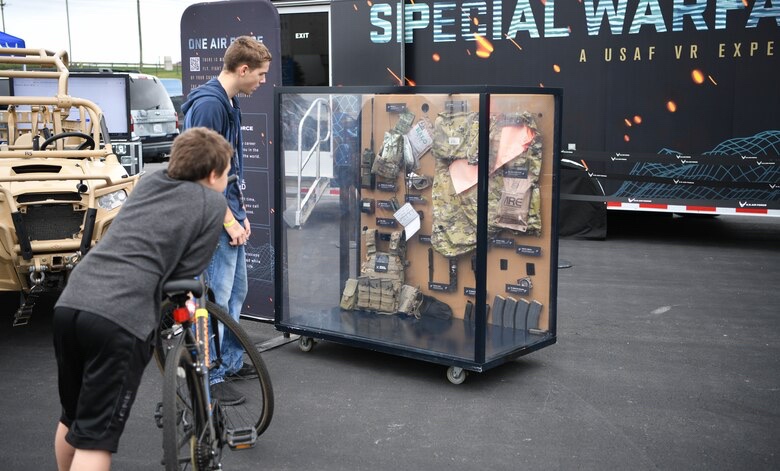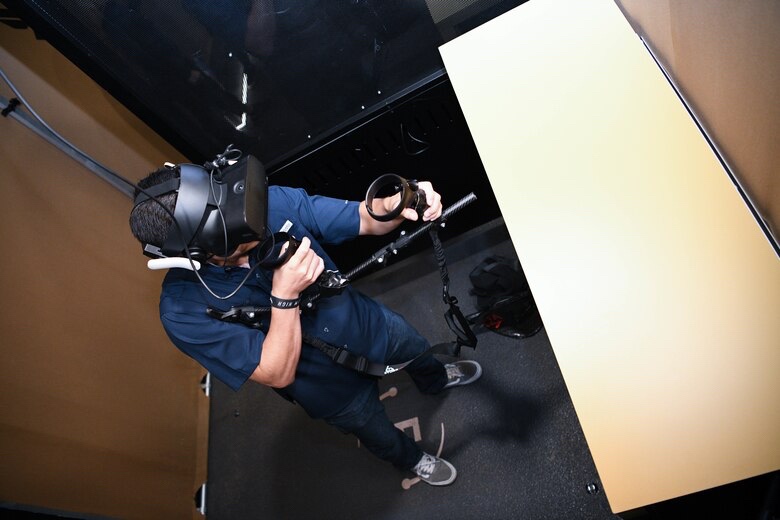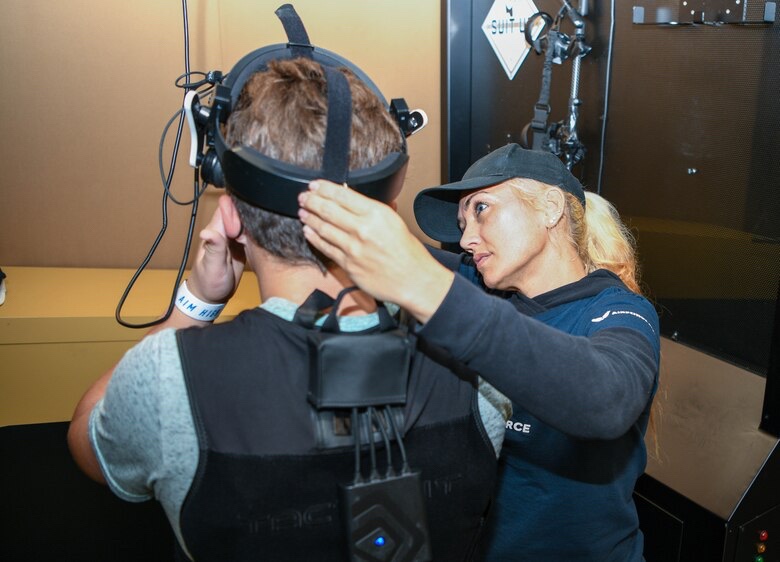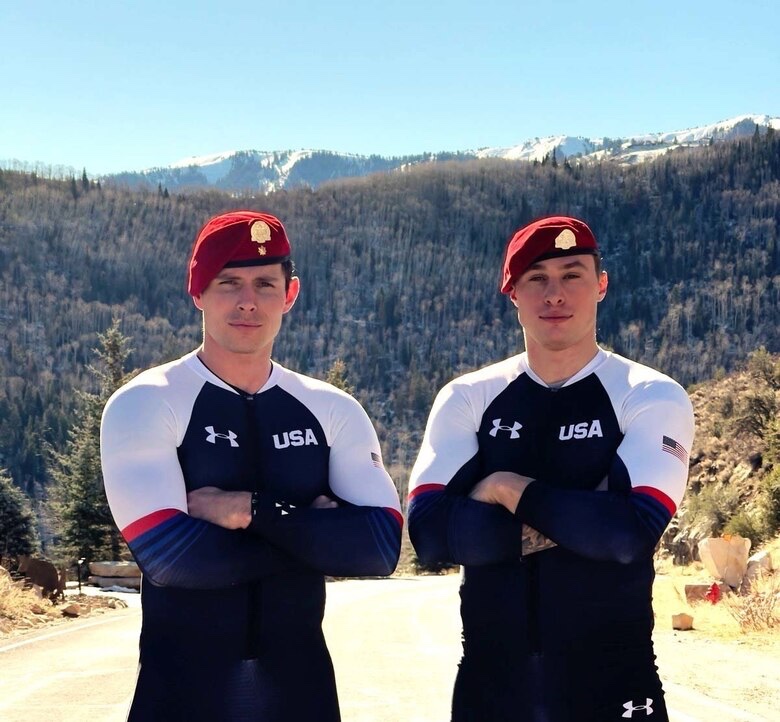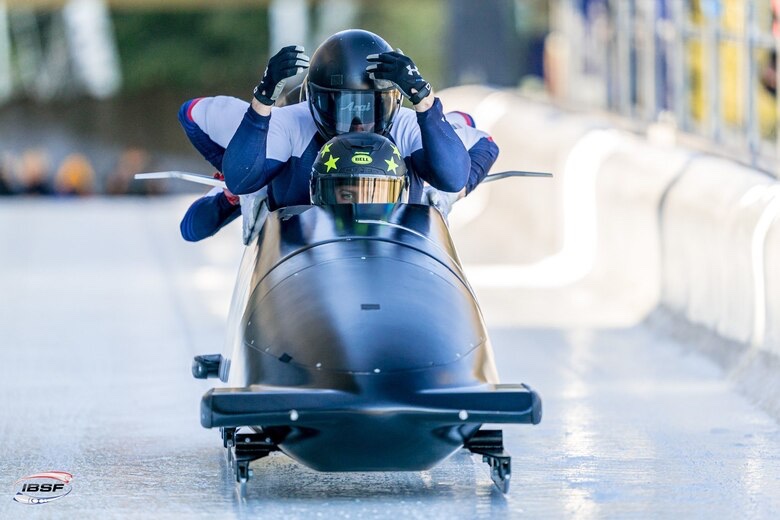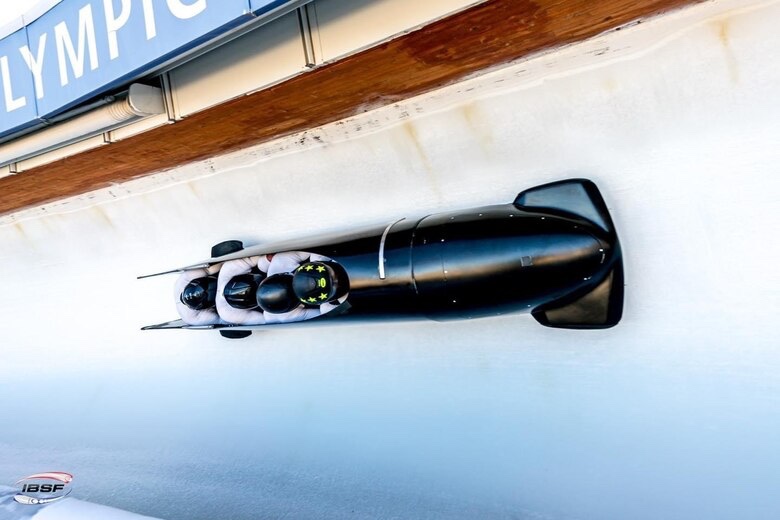POPE ARMY AIRFIELD, North Carolina —
Women’s History Month is in March and there is nobody reflective of being a role model for other women than U.S. Air Force Capt. Ricki Sidorov.
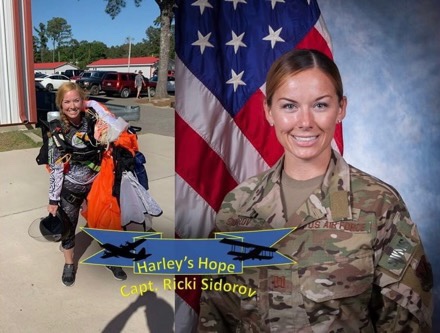
First impressions aren’t always accurate, but when meeting her, there is a bubbly, positive, go-getter attitude who can, and will, get things done. Hardly what you’d expect from someone who nearly lost her life in a skydiving accident in less than two years ago. In this case, though, what you see is what you get.
The San Bernardino, California, native is the Special Warfare Mission Support flight commander for the 818th Operations Support Squadron, primarily responsible for, well, pretty much everything: projects, building maintenance, combat arms, supply, and vehicle maintenance, just to name a few. She also leads 11 Airmen, one civilian, and four contractors.
Prior to joining the Air Force, Sidorov spent six years in the U.S. Army in expeditionary communications. After returning from a deployment in Afghanistan, she decided to leave the military and devote time to working towards a college degree. In typical fashion, she not only earned a bachelor’s degree, but kept going for a master’s.
It was then that she realized how much she missed serving her country and opted to join the Air Force. Sidorov’s job isn’t much different from her position in the Army, but the Air Force has allowed her to have more unique assignments, such as serving in the Combined Air and Space Operations Center in Qatar and the Expeditionary Communications Squadron.
She finds her job humbling and rewarding. “I work with many talented individuals who passionately serve their country, and I continually learn from them,” Sidorov said. That attitude keeps her going, as she plans to remain in the Air Force, traveling the world while continuing to learn and grow.
Someone with these traits isn’t just born with them. She has drawn most from U.S. Air Force Col. Michelle Carns. “She is the epitome of a strong and caring leader. While in Qatar, our team in the Combat Plans Division was a family. It didn’t matter that everyone was from different career fields or branches of service. We were united in our mission and every month we had a team night to relax, eat and highlight the member of the month. Magical things happen when you bring people and food together.”
Sidorov is always the planner. The doer. Constantly trying to learn from others and lead with professionalism and class. That was all paused – and almost stopped completely – during her 2020 skydiving malfunction. As one of her favorite hobbies, she had made over 50 successful jumps without incident and had just finished her Class B license course a few months before.
On this day, she experienced a high-speed parachute malfunction, falling between 70-90 mph – spinning so fast that she blacked out. At 900 feet, the automatic activation device was triggered, releasing her reserve parachute. Within seconds, her main canopy partially collapsed her reserve parachute. If there was a positive, besides the fact she survived, she landed in someone’s back yard with ground that had been freshly tilled and was the softest it had ever been.
She sustained two collapsed lungs, a fractured scapula, knee ligament tears, and internal swelling that required surgery while spending 11 days in the hospital. Not surprisingly, she returned to work just a month after being released from the hospital.
While most would swear off skydiving after that, Sidorov was back at it six months later. “We all face challenges in life,” she said. “You can’t prevent it, but you can have a positive mindset as you overcome those challenges. It doesn’t matter how hard you fall, as long as you get up and keep going.”
There isn’t a better example of that than Capt. Ricki Sidorov.
By Lori Dean


